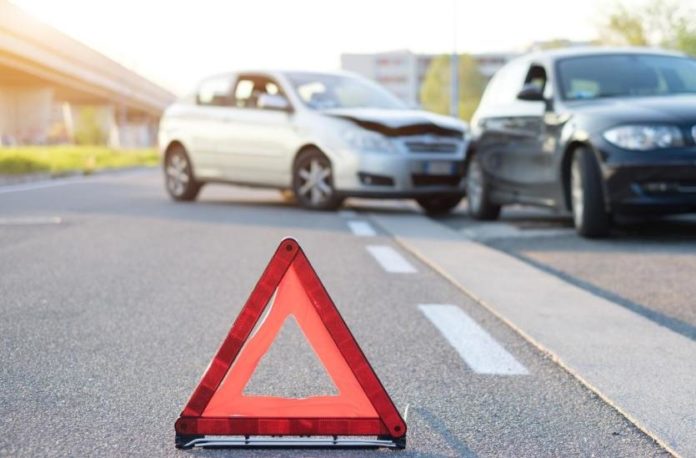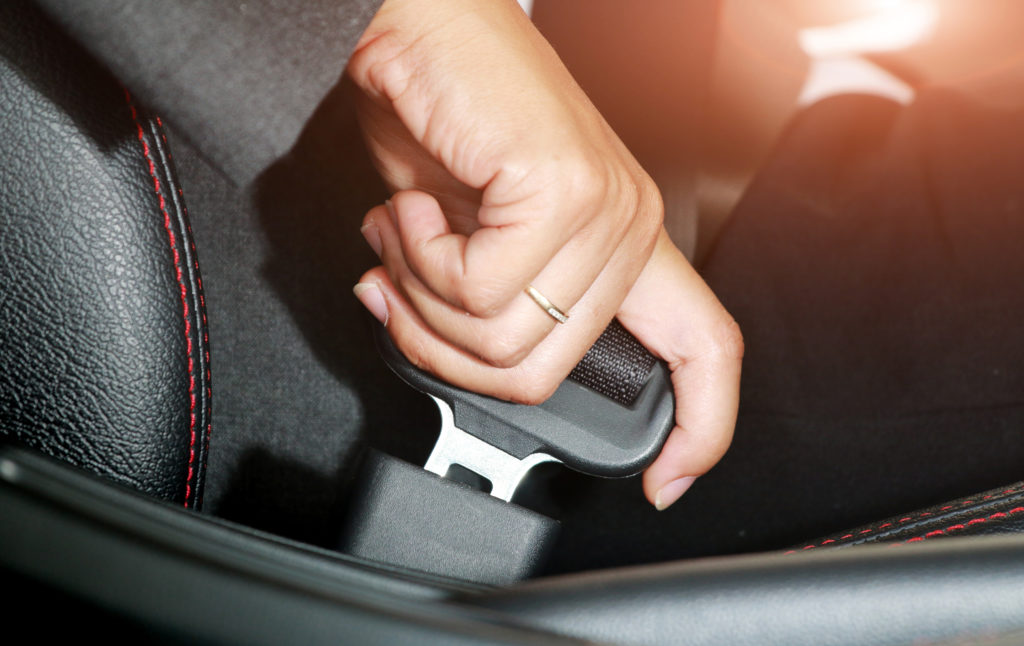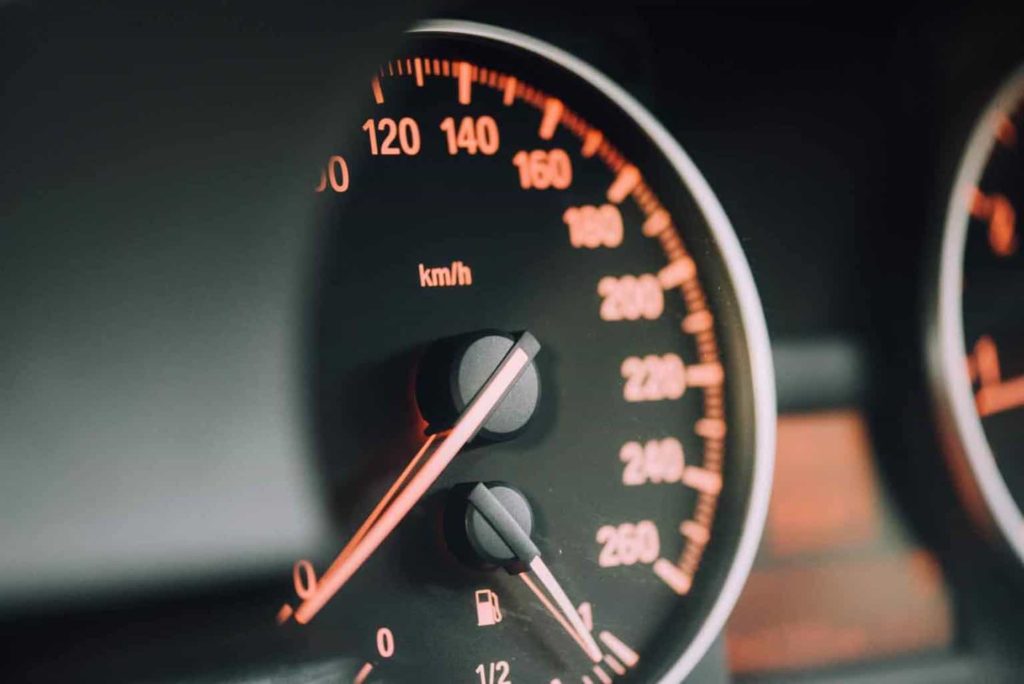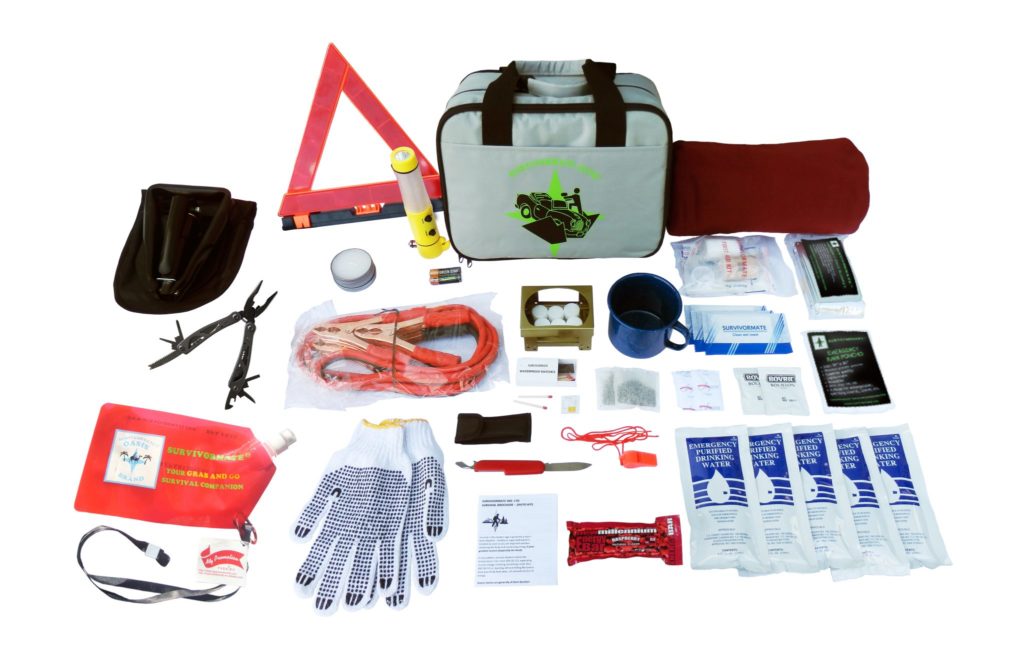
Most car accidents are almost completely preventable. You can reduce your chances of being in a collision by following all traffic laws, increasing your following distance, and generally driving defensively. But even if you follow all these precautions, there are some car accidents you won’t be able to avoid, according to Dickson, Kohan, and Bablove, LLP—either because the situation is so spontaneous and random or because another driver is wholly at fault.
Fortunately, there are several strategies you can use to increase your safety (and odds of survival) in these types of accidents.
How to Improve Your Chances of Survival
Follow these steps consistently if you want to maximize your chances of escaping a car accident unscathed:
1. Buy the safest vehicle you can afford.

While there are certain minimum safety standards all vehicles are required to meet, different makes and models of vehicles offer different levels of protection. Some have uniquely designed crumple zones, added to mitigate the shock of impact and reduce the risk of injury to passengers. Others have additional airbags or other means of peripheral support for passengers. If you’re concerned about safety, pay attention to the safety features of your next car, and buy the safest vehicle you can reasonably afford.
2. Wear a seatbelt (and make sure it fits).

One of the easiest things you can do is simply wear your seatbelt (and make sure it fits you properly). Seatbelts are designed to keep you restrained in the event of an accident, preventing you from flying through the windshield or jostling around the inside of the car. While you’re at it, make sure all your passengers are wearing their seatbelts as well; it’s not just about their safety, it’s also about yours. You’ll want to wear a seatbelt in all situations, regardless of where you’re traveling or how far you plan to go; it’s tempting to skip this step for a short journey, but it’s not worth the additional risk.
3. Keep your steering wheel positioned properly.

Most vehicles are equipped with an airbag in the steering wheel, so it’s important you keep that steering wheel positioned properly. If the airbag hits you completely in the chest, it could break a rib or make you lose your breath. If it hits you in the face, it could cause further injuries. Ideally, the steering wheel should be pointed so that the airbag cushions your chest and head. It should also be at least 10 inches away from you.
4. Maintain good posture and hand position.
It’s also important for you, as a driver, to maintain good posture and hand positions at all times. Adjust your seat so that you’re sitting straight up, comfortably, and adjust the headrest so you can comfortably remain looking forward. Keep your hands at 3 o’clock and 9 o’clock on the steering wheel; the old “10 and 2” positions could be risky if the airbag goes off. Also, you’ll want to keep your arms, wrists, and hands in alignment. If your wrist is locked or awkwardly placed, it could be broken in the event of a collision.
5. Watch your speed and following distance.

Keep right at the speed limit or slightly below it—lower if there are bad weather conditions. You’ll also want to increase your following distance. These actions will reduce your likelihood of being in a car accident, but also increase your safety if you end up in one; a lower speed will reduce your potential impact, and increase your following distance will reduce the possibility of a chain reaction accident.
6. Keep an emergency kit.

It’s a good idea to keep an emergency kit in your car. Have a tool you can use to break open a window and/or cut your seatbelt in case you end up trapped in the car. Also, keep a first aid kit so you can address medical concerns as quickly as possible, without relying on an ambulance to arrive.
7. Know how to get to safety and get help.
Finally, understand the correct course of action to take if you’re involved in an accident. Know the importance of getting to safety (i.e., off the road) as quickly as possible, and be prepared to call the relevant emergency number.
Becoming a Better Driver
These steps can all keep you safer in the event of an accident, but your safest path forward is still becoming a better (and safer) driver in your own right. Pay attention to your surroundings at all times, drive defensively, and always work on improving your abilities—even if you feel like you’re a good driver. There’s always more you can learn, and always more you could be doing to reduce your chances of being involved in a collision.














